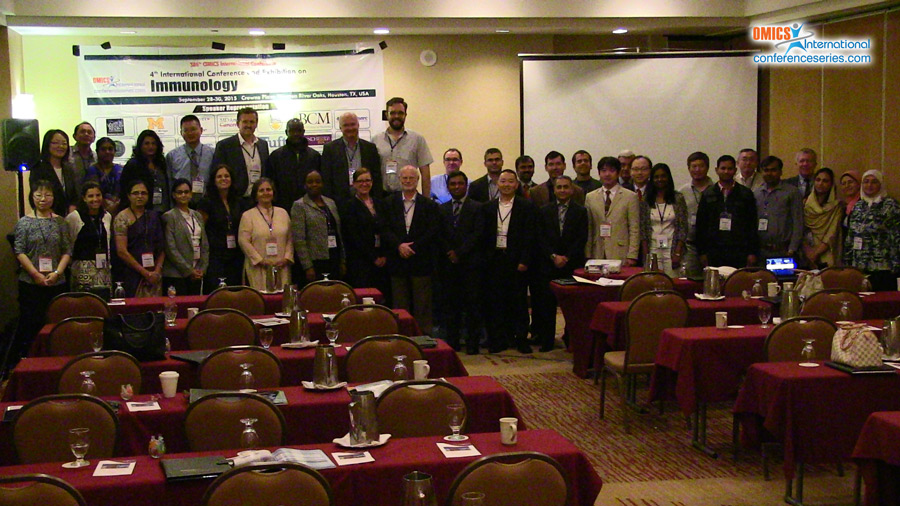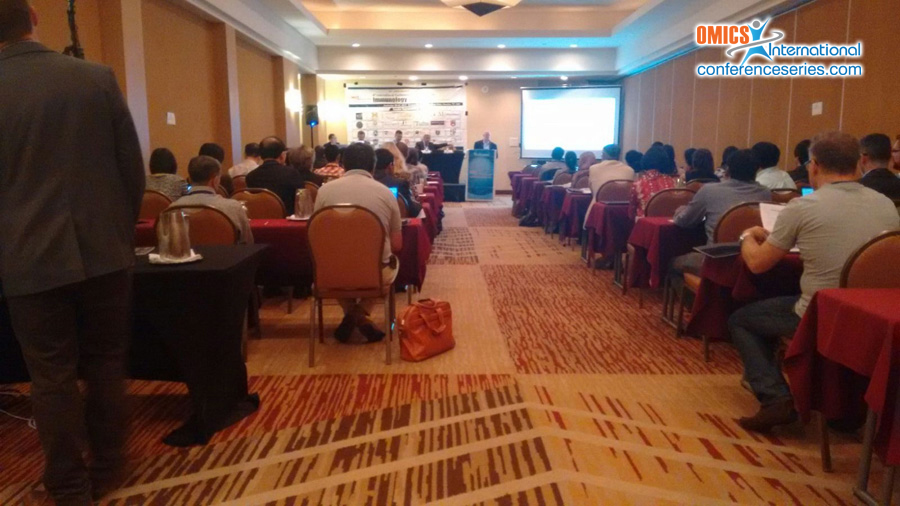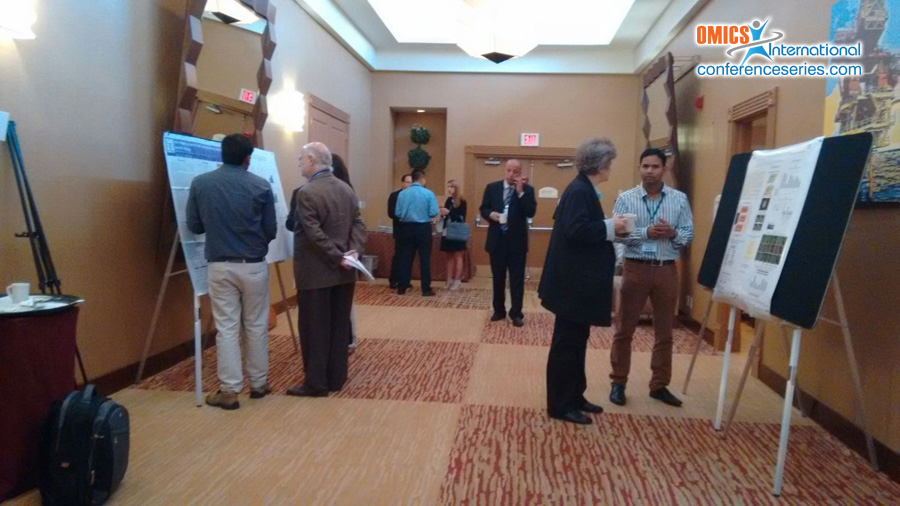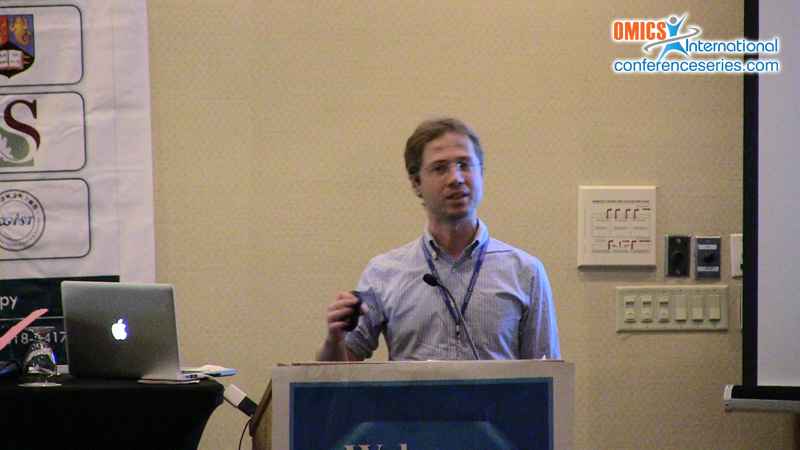Mehmet Sen
Harvard Medical School & University of Houston, USA
Title: An internal ligand-bound, metastable state of a leukocyte integrin, ï¡Xï¢2
Biography
Biography: Mehmet Sen
Abstract
The ï¢2 integrins, which are expressed only on leukocytes, must be activated rapidly to restrict integrin-dependent firm adhesion and emigration of leukocytes from the bloodstream only to sites where cues for inflammation or homing are locally displayed. All ï¢2 integrin subunits contain ï¡I domains that bind ligand. Here, we describe two ï¢2 integrin structures: a cocked, metastable state of the leukocyte integrin ï¡Xï¢2 ectodomain that primes it for rapid conformational change, and reveals how allostery is relayed to activate the ï¡I domain, and a closed state of the leukocyte integrin ï¡Lï¢2 headpiece. The ï¡Xï¢2 crystal structure reveals the ï¡Xï¢2 ectodomainin a bent conformation; however, its ligand-binding ï¡Xï¡I domain is in a high affinity, open conformation. Compared to the closed conformation, much of the ï¡I ï¡7-helix unwinds, loses contact with the ï¡I domain, and reshapes to form an internal ligand that binds to a hydrophobic and metal ion-containing pocket at the interface with the ï¡X ï¢-propeller and ï¢2ï¢I domains. An analogous pocket binds external ligand in integrins that lack ï¡I domains. In comparison of the theï¢2 subunits of the cocked ï¡Xï¢2 and the closed ï¡Lï¢2 structures, ï¢I domain undergoes unexpected conformational change which reveals ratchet-like changes in positions of conserved hydrophobic residues located in the both N- and C-terminals of the ï¡1-helix, despite absence of change in the neighboring ï¢I domain ï¡7-helix, which pistons in integrin headpiece opening. Mutations of these residues demonstrate a key role for ratchet residues in stabilizing active and inactive ï¢2 integrin states Comparisons to other integrins suggest that the cocked state is a specialization of the ï¢2 integrin subunit. My two structures together with mutational analysis demonstrate the metastability of the cocked state, and suggest that it potentially catalyze rapid equilibrium between bent-closed, extended-closed, and extended-open states for rapid upregulation of leukocyte adhesiveness in ï¢2 integrins.




